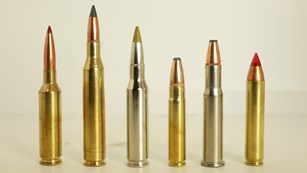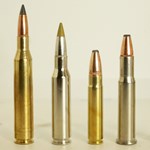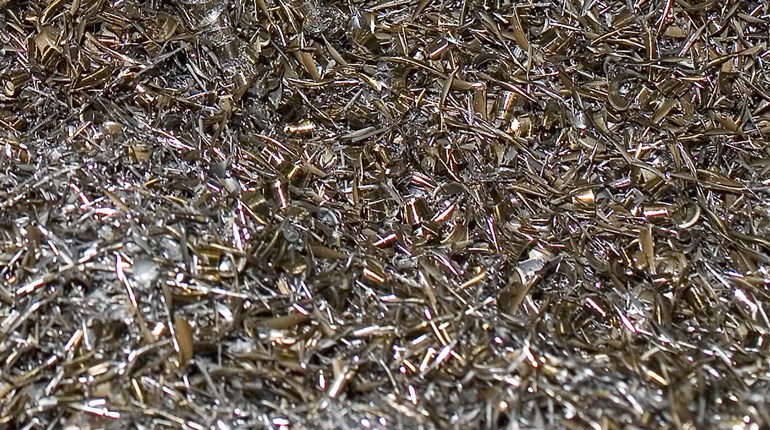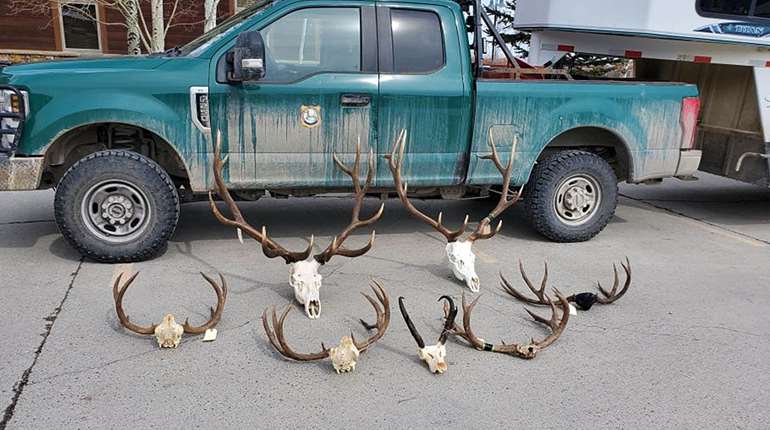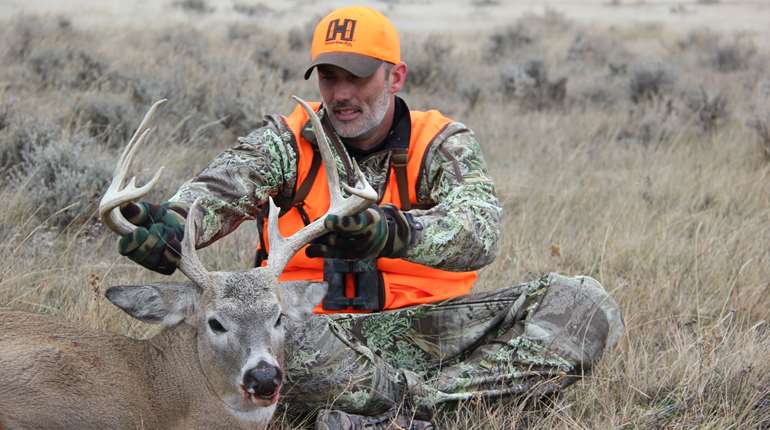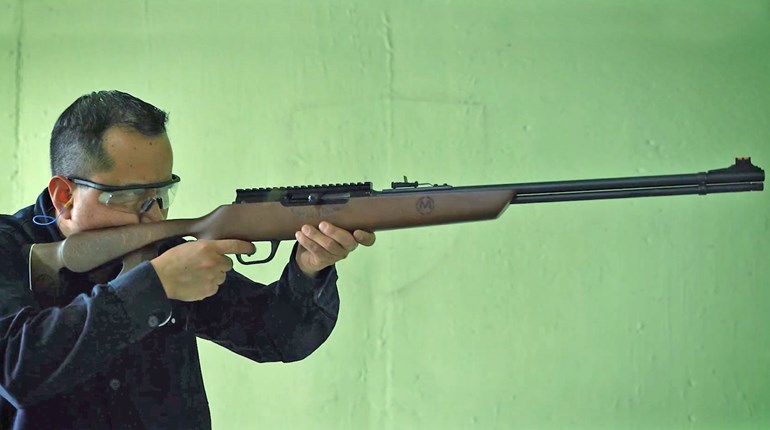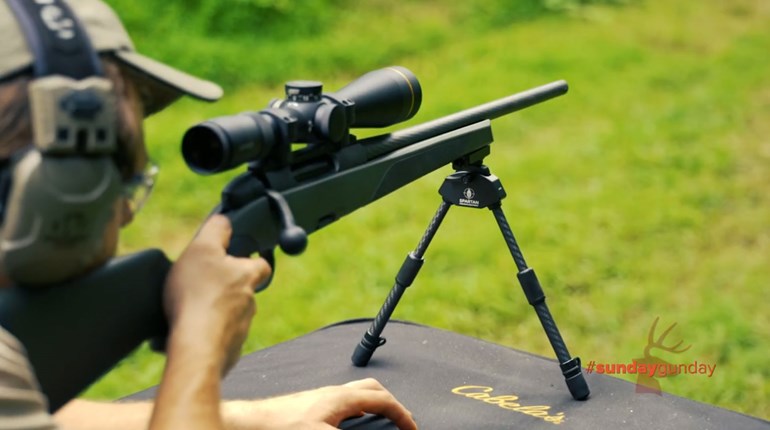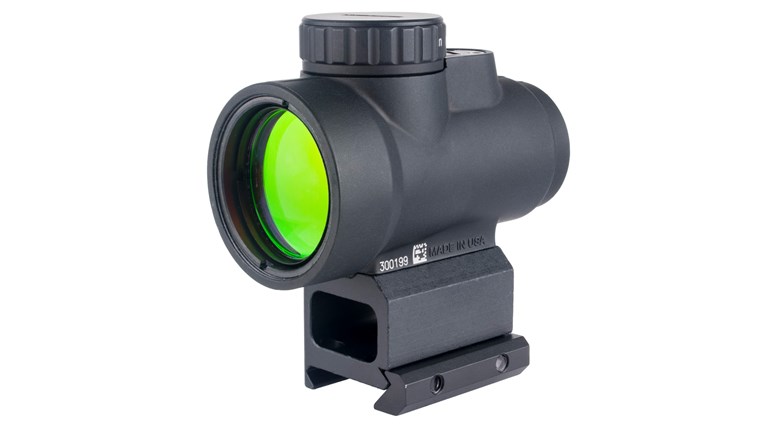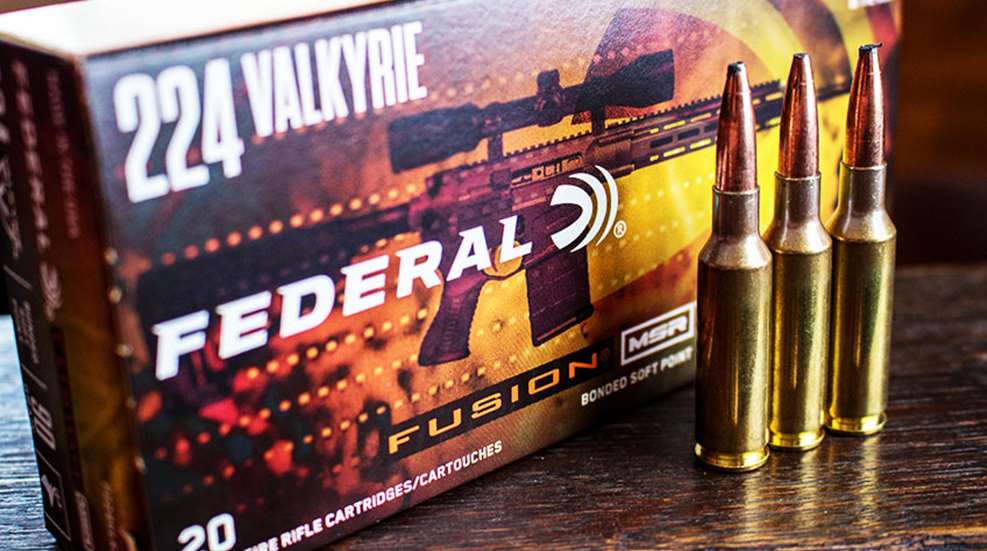
The modern trend of cartridge development in which the case is shortened in order to utilize the high ballistic coefficient bullets may very well be epitomized in the .224 Valkyrie. There is no denying the allure of long-range shooting, with many specialty rifles, optics and cartridges being introduced to spur on the discipline. We’re seeing bullets with increasingly higher B.C. values, and it seems that many folks are beginning to consider a 1,000-yard shot a ‘gimme.’
Federal’s 2018 release of the .224 Valkyrie—just a year after the release of the 22 Nosler—showed the world just how effective a long-range .22 centerfire could be. Using a 90-grain Sierra MatchKing bullet (G1 B.C. of .563) at a muzzle velocity of 2700 fps, the new cartridge will maintain supersonic flight past 1,300 yards, making the Valkyrie a perfectly viable choice for the long-range shooter.
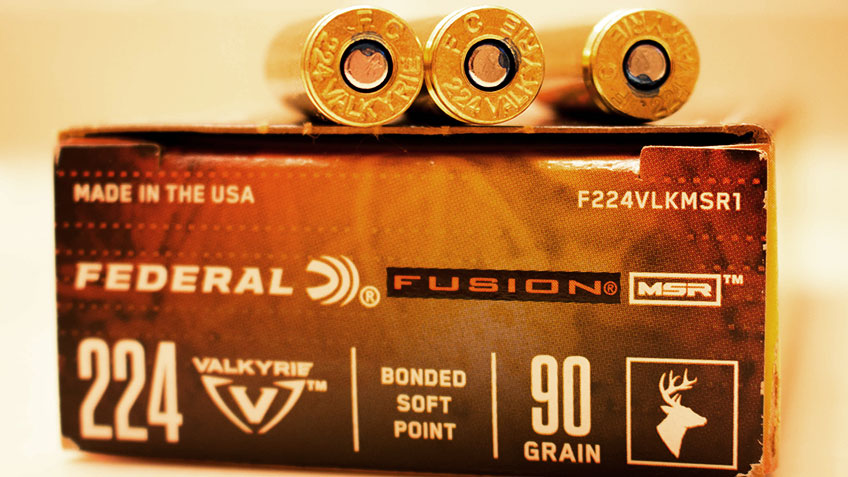
Based on the 6.8 SPC case, shortened to 1.600-inch, the .224 Valkyrie uses a 30-degree shoulder for headspacing. The rimless case functions perfectly in the 6.8 SPC magazines for the AR-15 platform, and the overall cartridge length of 2.260 inches coincides with that magazine dimension. It was in the Savage MSR at the 2018 SHOT Show Industry Day at the Range where I had my first experience with the Valkyrie, and immediately saw its benefits. At the Boulder City Rifle Range—where the event is held each year—I waited my turn to have a whirl with the new cartridge. After verifying zero at the 100-yard target, we dialed for the 890-yard steel plate. In the dry Nevada air, the mild recoil of the small cartridge, further reduced by the Savage MSR, allowed me to see the vapor trail in the scope, and both verify hits and make wind adjustments.
The long-for-caliber bullet does indeed maintain its velocity, as well as reduce the effects of wind deflection. Though the muzzle velocity of the 90-grain load—2700 fps—may seem sedate, especially in comparison to the larger cased .22 centerfires, namely the .22-250 Remington and .220 Swift, the Valkyrie will pull away from them out past 500 yards. The twist rate of the Valkyrie’s barrel is a huge part of the equation; a 1:7″ twist rate will properly stabilize those 90-grain bullets, yet the .22-250 and .220 Swift use a twist rate of 1:12″, which will stabilize the 55- and sometimes 60-grain bullets at best. If you spend all of your time inside 500 yards, this may not be a handicap, but beyond that you will most definitely see the advantage of heavier, higher B.C. bullets, even if at a lower muzzle velocity. But, since we’re looking at this cartridge through the eyes of the American hunter, let’s see whether or not this cartridge makes sense in the hunting fields.
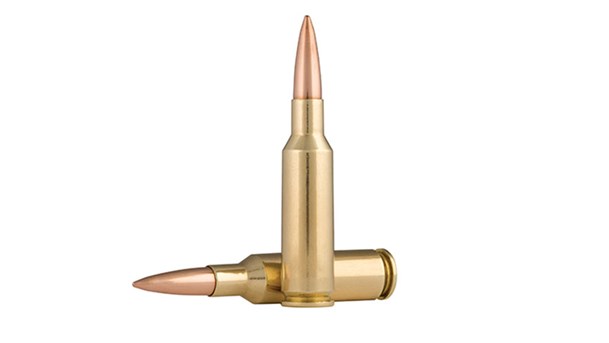
Federal offers more than just a target loading for their little cartridge, though the 90-grain Sierra MatchKing will completely ruin any coyote’s day. For the hunter, the 90-grain Fusion bullet at the same 2700 fps as the target load, making the .224 Valkyrie a perfectly viable deer and antelope cartridge. With a sectional density of 0.256, the bonded core Fusion bullet will give good penetration with very little recoil, and I’d feel comfortable saying that a recoil-sensitive shooter would be well served by this load. And as a side note, while the Valkyrie was most definitely designed for the MSRs, Savage Arms is now producing the Model 110 Prairie Hunter bolt-action rifle in .224 Valkyrie for those who prefer them over the MSRs.
There is also a 78-grain Barnes TSX load—new for 2019—which should prove to be a good choice for hunting. While a bit lighter than the Fusion bullet, the time-tested monometal hollowpoint design will cleanly take deer-sized game. For varmint/predator work, Federal offers a pair of good, frangible bullets: a 60-grain Nosler Ballistic Tip and a 60-grain Hornady V-Max. Yes, that’s right, Federal is now loading a Hornady bullet in their factory ammunition. Both loads leave the muzzle at 3300 fps, and though only 150 fps faster than the .223 Remington load from Federal, it demonstrates the flexibility of the Valkyrie design. By Federal’s own admission, there were some initial issues with the early rifles and early lots of MatchKing ammunition, but all that has been rectified.
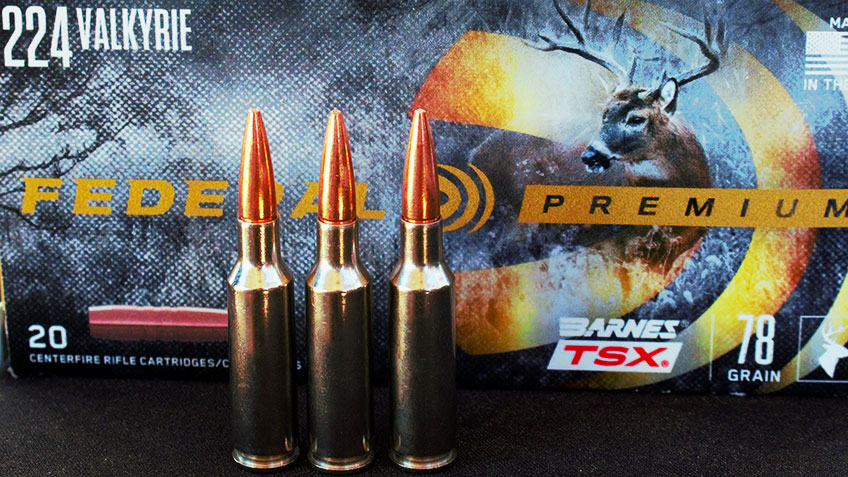
So, does it make sense for the hunter to invest in the new design? That will depend on what your goals are. I feel the Valkyrie sits comfortably between the .223 Remington and the 6mms in that they can happily do double duty on varmints and deer alike. The Valkyrie gives up a bit of bullet weight to the .243 Winchester, 6mm Remington and 6mm Creedmoor, yet it does make a good target gun. The lighter loads are smartly designed for the predator hunter; they’re sandwiched between .223 and .22-250 as far as performance goes, and that’s not a bad place to be.
I suppose the deciding factor will be whether or not you wish to use a .22 centerfire as a dedicated long-range cartridge or deer cartridge. The Valkyrie has the bullet weight to make a sound choice for deer season, and certainly has the trajectory for a 1,000-yard plus rifle. But, inside of 500 yards or so, the .223 Remington will give performance so close that it may be unnoticeable, at a fraction of the cost; though the American Eagle FMJ load for the Valkyrie is priced attractively. The beauty of the .224 Valkyrie is the fast twist rate and case length optimized for the specific magazine length. It may not make a difference at the average shooter’s hunting range, but once you take the Valkyrie out to long range, you’ll immediately see the benefits.
Looking for previous installments of our "Behind the Bullet" series? We've got you covered.
• .338-06 A-Square
• 9.3x62mm Mauser
• .257 Weatherby Magnum
• .45-70 Government
• .300 H&H Magnum
• .25-06 Remington
• .30-06 Springfield
• 6.5 Creedmoor
• .300 Remington Ultra Magnum
• 7mm Remington Magnum
• .470 Nitro Express
• .280 Remington
• .300 Winchester Magnum
• .270 Winchester
• .222 Remington
• .45 ACP
• .404 Jeffery
• .44 Remington Magnum
• .41 Remington Magnum
• .243 Winchester
• .338 Winchester Magnum
• .357 S&W Magnum
• 6.5-284 Norma
• 8x57 Mauser
• .38 Smith & Wesson Special
• 7x57mm Mauser
• 9 mm Luger
• .35 Whelen
• .454 Casull
• .375 H&H Magnum
• .45 Colt
• .22-250 Remington
• 10mm Auto
• .308 Winchester






